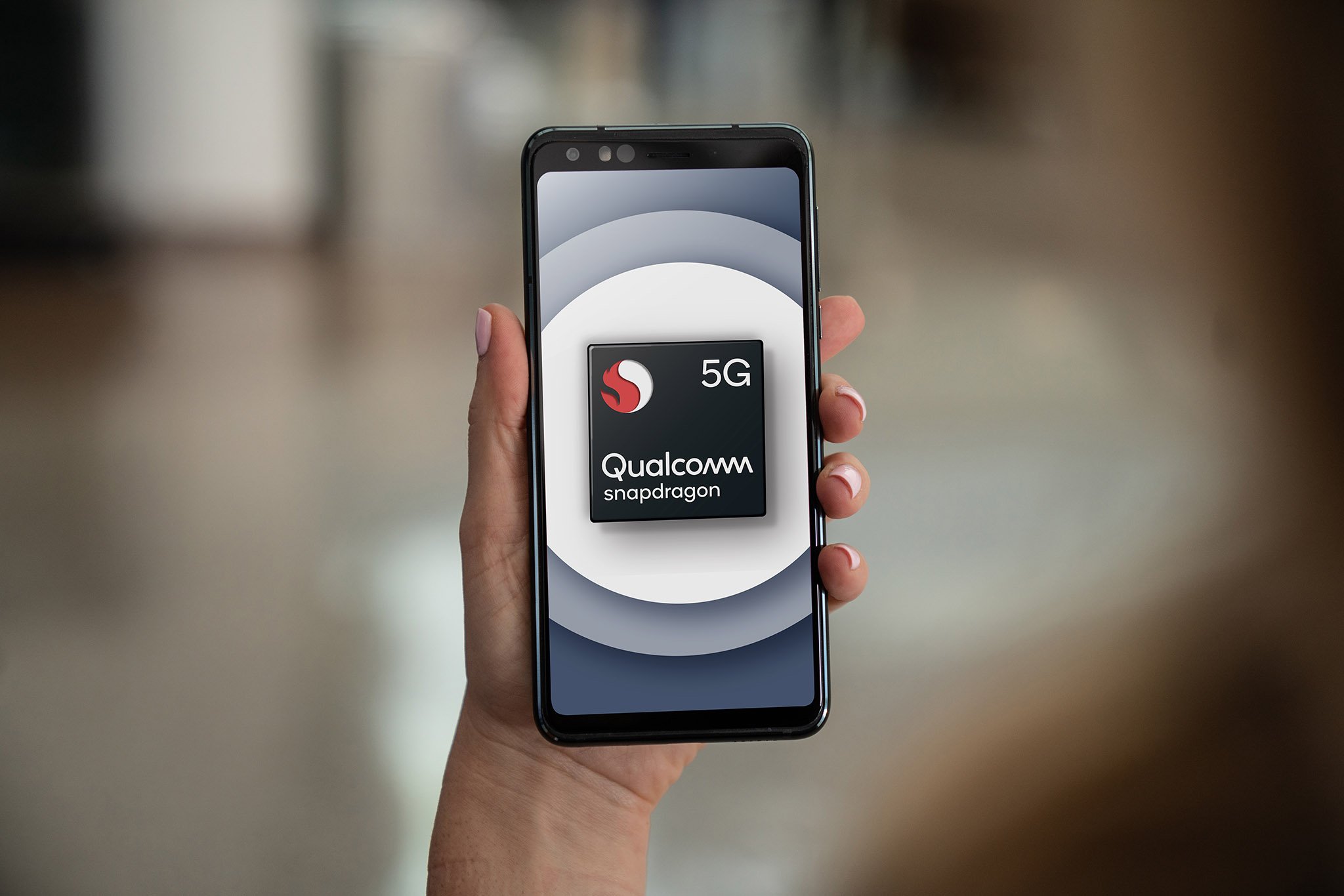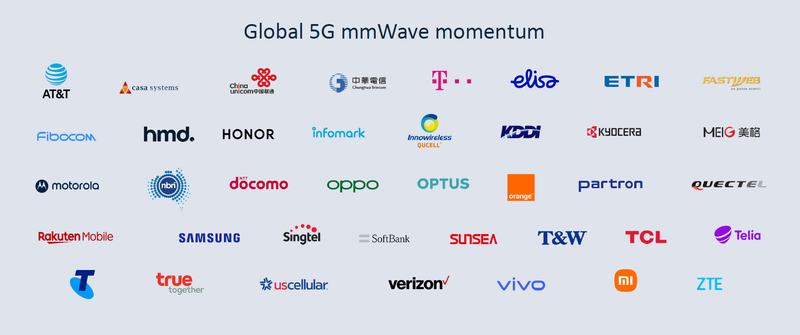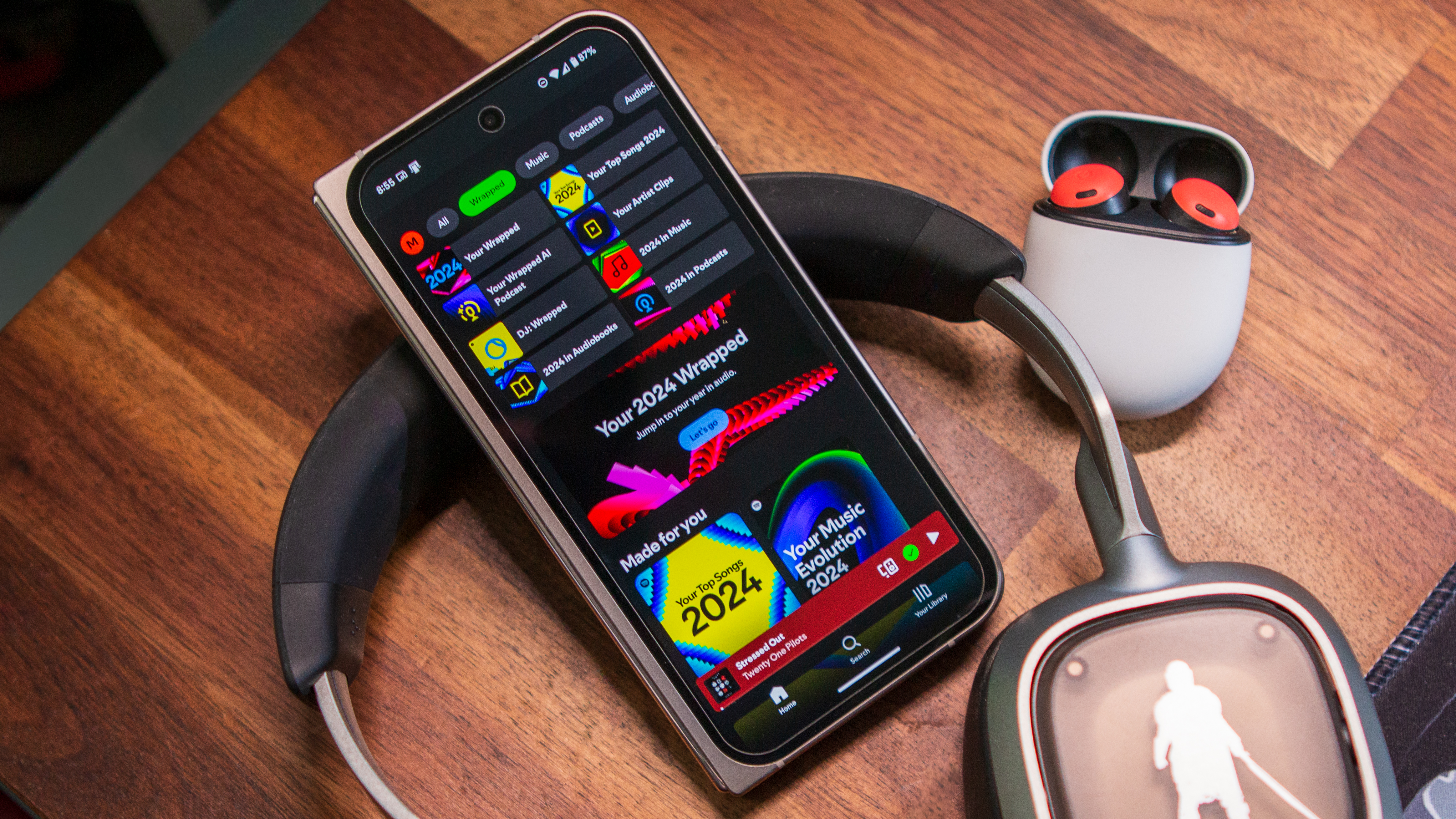Qualcomm's mmWave push brings us a step closer to unlocking 5G's potential

What you need to know
- Qualcomm is announcing a partnership with more than 35 carriers on a global mmWave push.
- Chine expects to deploy mmWave in time for the 2022 Winter Olympics.
- Qualcomm touts the cost-effective deployment of mmWave as a boost for mobile operators.
Qualcomm is announcing a major global push for mmWave 5G at MWC 2021. More than 35 global network operators and OEMs have pledged their collective support to further the rollout of mmWave 5G in an effort to bolster 5G adoption and unlock faster speeds and additional network capacity.
Among the companies committing to the advancement of mmWave is AT&T and Motorola in the United States, Deutsche Telekom, Orange, and HMD Global in Europe, Kyocera and Samsung in S. Korea, Optus in Australia, and at least 15 companies in China and the Asia Pacific.

5G mmWave sits at the highest frequencies and can carry massive amounts of data to some of the best Android phones. In fact, more than 120 smartphones, PCs, hotspots, and modules support mmWave. It's capable of hitting speeds above 1Gbps in real-life scenarios and is 38x faster than sub-6 5G. However, its availability is limited due to the fragility of the frequency bands in dense urban areas as well as its short range. This new initiative hopes to address this with a collective push for additional mmWave support and mass adoption.
CEO-elect Cristiano Amon says that 5G mmWave is critical to unlocking the full potential of 5G across the globe. "The expansion of 5G mmWave is now inevitable," he says. "It is essential to achieve the full potential of 5G, and those embracing 5G mmWave will find themselves with a competitive advantage."
More than 180 global carriers operate mmWave 5G networks, including Verizon Wireless in the United States, whose 5G rollout focused on the incredible speeds that mmWave could offer. Unfortunately, the carrier's 5G rollout was limited compared to its competitors AT&T and especially T-Mobile, which diversified their 5G rollout between the lower, mid, and high-frequency bands.
Qualcomm points out that carriers using mmWave can look forward to improved cost-efficiency with "savings up to 35% in total cost of ownership for dense urban environments compared to sole use of 5G Sub-6." China alone projects an economic benefit of $104 billion by 2034 and plans to deploy its mmWave networks in 2022 in time for the Winter Olympics.
In addition to the collective global commitment, Qualcomm is furthering the push for mmWave with the second-generation 5G RAN Platform for Small Cells, which is poised to extend mmWave coverage and improve power efficiency thanks to the 4nm process. It will support up to 8Gbps with 1GHz bandwidth support and 4Gbps on 200MHz for mmWave and sub-6 spectrum, respectively.
Get the latest news from Android Central, your trusted companion in the world of Android
Qualcomm's senior director of product management Gerardo Giaretta notes how small cells have aided in the growth of 5G across the globe. "Qualcomm Technologies is at the forefront of delivering cutting edge 5G mmWave and Sub-6 GHz technology to power 5G networks on a global scale."

Derrek is the managing editor of Android Central, helping to guide the site's editorial content and direction to reach and resonate with readers, old and new, who are just as passionate about tech as we are. He's been obsessed with mobile technology since he was 12, when he discovered the Nokia N90, and his love of flip phones and new form factors continues to this day. As a fitness enthusiast, he has always been curious about the intersection of tech and fitness. When he's not working, he's probably working out.

